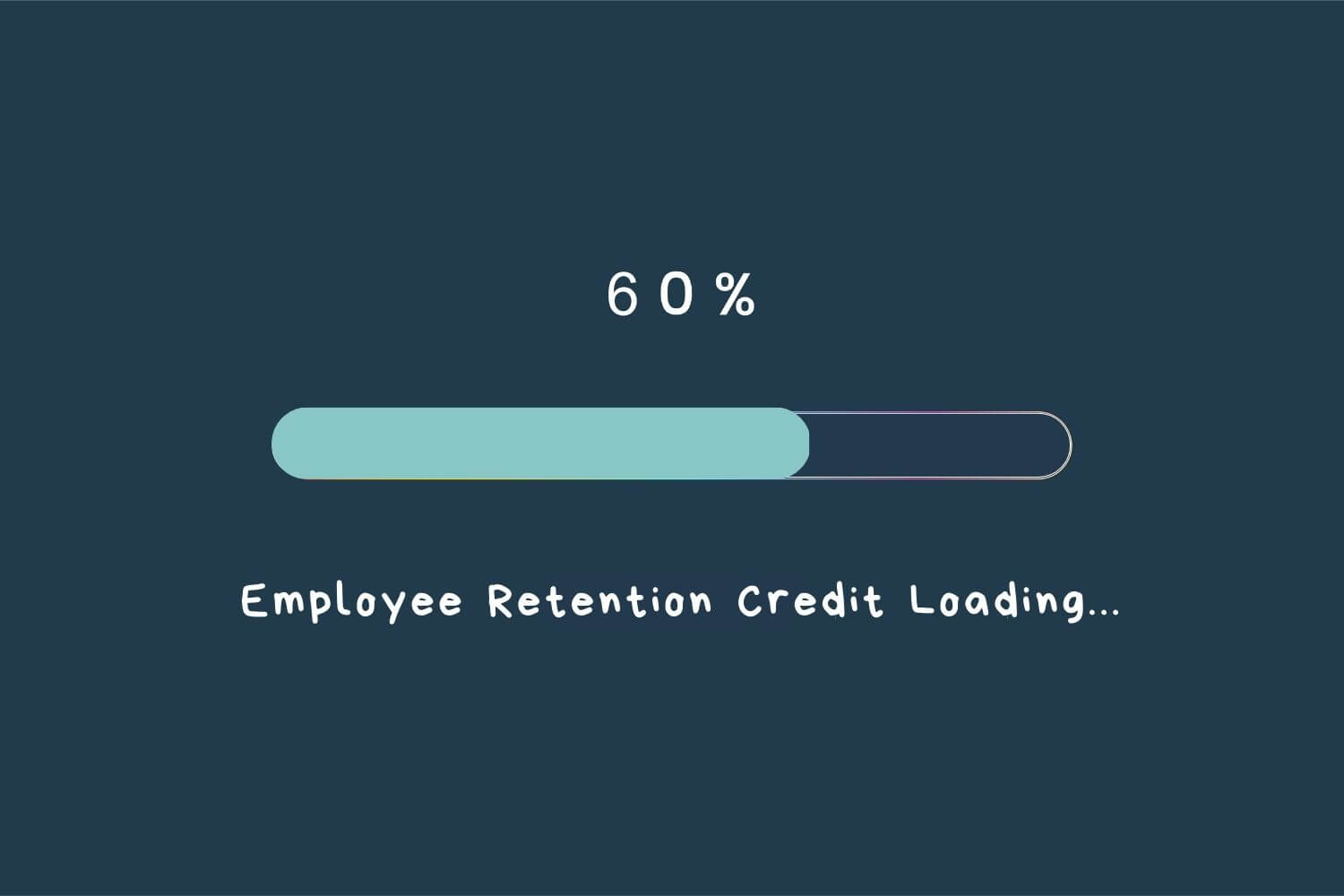1. How Many Development Staffers Do We Need to Attain Our Fundraising Goals? by Tony Poderis I’ve often been asked about a formula/guideline for determining the number of development staff needed relative to an organization’s fundraising goals? I always reply, strongly, that “there’s no such animal.” There simply cannot be such a formula developed that has …
Finance/
Financing & Loans
1.
Making Your Nonprofit Conference A Special Event
by Natalie Lewis
Keep your vendors happy; show others that they could really benefit from being one of your conference exhibitors, and there will be more vendors who will be wanting to “sign up.” Would you object to having those additional vendor fees ??
2.
Events In Private Homes: Part III - Solicitation
by Hank Lewis
Solicitation at a home event, asking attendees to write a check, depends on whether or not this is a first-time meeting for this group of attendees.
Because of the time-sensitivity of the first article, we’ve moved the postings on “Events in Private Homes” to April 9. 1. The CFC and Leverage: National Volunteer Week & Global Youth Service Day by Bill Huddleston This year is the 40th anniversary of National Volunteer Week, and this year it runs from April 6-12th. The …
1.
Proposed Changes to CFC Regulations Update: How You Can Help Save the Combined Federal Campaign – Part II
by Bill Huddleston
As I mentioned, last week, even after the Congressional Hearing, there has been no public response from the OPM staff to the concerns raised about the proposed regulations.
2.
How Do You Deal with Grant Deadlines?
by Jayme Sokolow
Deadlines are to proposal professionals as water is to fish. They are the lifeblood of our profession. Dealing with them effectively will make a big (positive) difference to your emotional well-being, and to your professional career.
1.
Using Statistics Accurately/Effectively in Your Proposals
by Jayme Sokolow
Statistics can be used or abused, especially in grant proposals. However, there are steps you can take to use numbers accurately, and in ways that promote understanding.
2.
Events In Private Homes: Part I
Education? Cultivation? Solicitation? Stewardship?
by Hank Lewis
An Executive Director wrote that, “A donor has offered his home for a private event ... [but that she (the ED) has] always shied away from these b/c no one can agree what the purpose/format should be....”
1. Introduction To Planned Giving – Part One by John Elbare If you have been involved in fund raising for any length of time, you have heard about planned giving, which, at first glance, may seem highly technical and downright geeky. You may have heard others say things like “We’re not ready for planned giving,” …
#1.
Direct Mail, Direct Response: An Introduction
by Jonathan Howard
In the internet age, with a host of easy, cheap and fast electronic media from which to choose, why do major national charities still spend the time and money to request charitable donations by mail?
#2.
Proposed Changes to CFC Regulations Update: How You Can Help Save the Combined Federal Campaign – Part I
by Bill Huddleston
The summer was... when the outcry from the non-profit community resulted in the July Congressional hearing about the impact of the regulations as proposed by OPM.







